Voice Needed! Should We Manufacture This Wio E5 CAN Bus Vehicle Monitoring Device?
#Updated on Jun 9, 2022
Hey, community, we launched the Wio-E5 CAN Development Kit on June 2nd. We can’t make it without the community power and the spirit of open source. If you missed out on the previous updates, please check the attached infographic to learn How We Build the Wio-E5 CAN Development Kit Together with The Community. You can also read the full story on how we listen to the community voices and take action on modifying the devices here: We Listen and Take Action #9: A sense of engagement, Seeed builds the Wio-E5 CAN Development Kit together with the community. – Latest Open Tech From Seeed
To show our gratitude, we’re now giving away 3 Wio-E5 CAN Development Kits to the community!
How to enter the giveaway?

![]() Seeed Discord Community 1
Seeed Discord Community 1
![]() We’ll select 3 of our favorite projects to give away the kits. Winner announcement: June 20, 2022.
We’ll select 3 of our favorite projects to give away the kits. Winner announcement: June 20, 2022.
![]() Still no idea what project to make? Check out our landing page for Vehicle Hacking Tools, where you can find tons of project inspirations: vehicle hacking tools
Still no idea what project to make? Check out our landing page for Vehicle Hacking Tools, where you can find tons of project inspirations: vehicle hacking tools
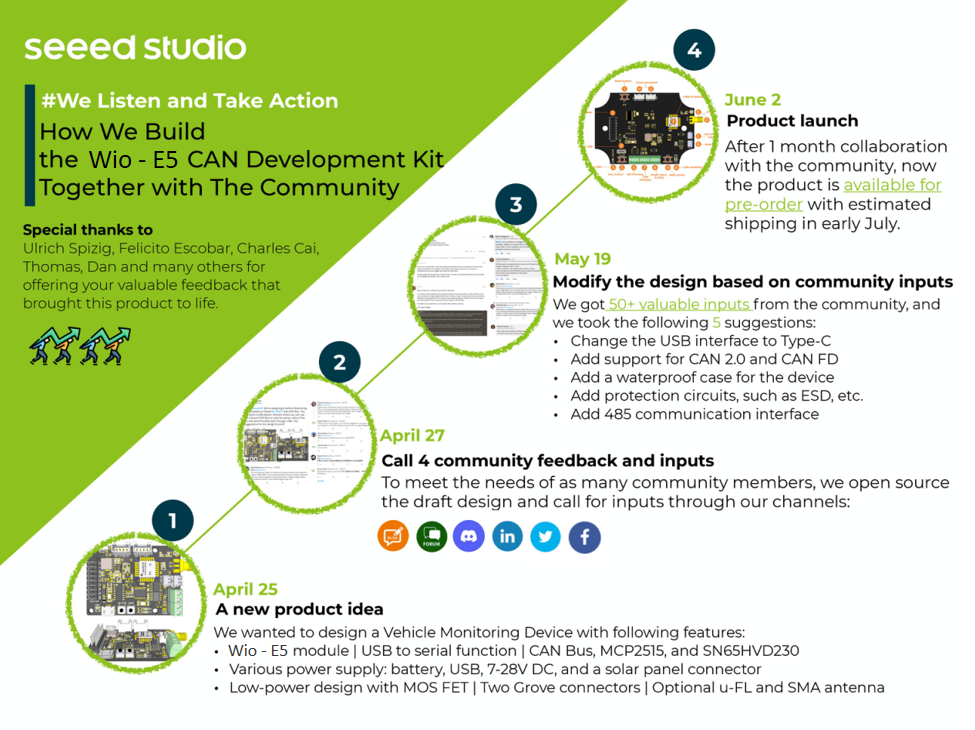
#Updated on May 19, 2022
Hey community,
We got tons of valuable feedback and input from you since we published the Voice Needed for a WioE5 CAN Bus Vehicle Monitoring Device. A very big shout-out to those who got your voices heard. Thank you for motivating us here at Seeed to make things better.

Now time for an upgraded design. Our product team has modified the designs according to the community feedback. Here are some of the most exciting changes:
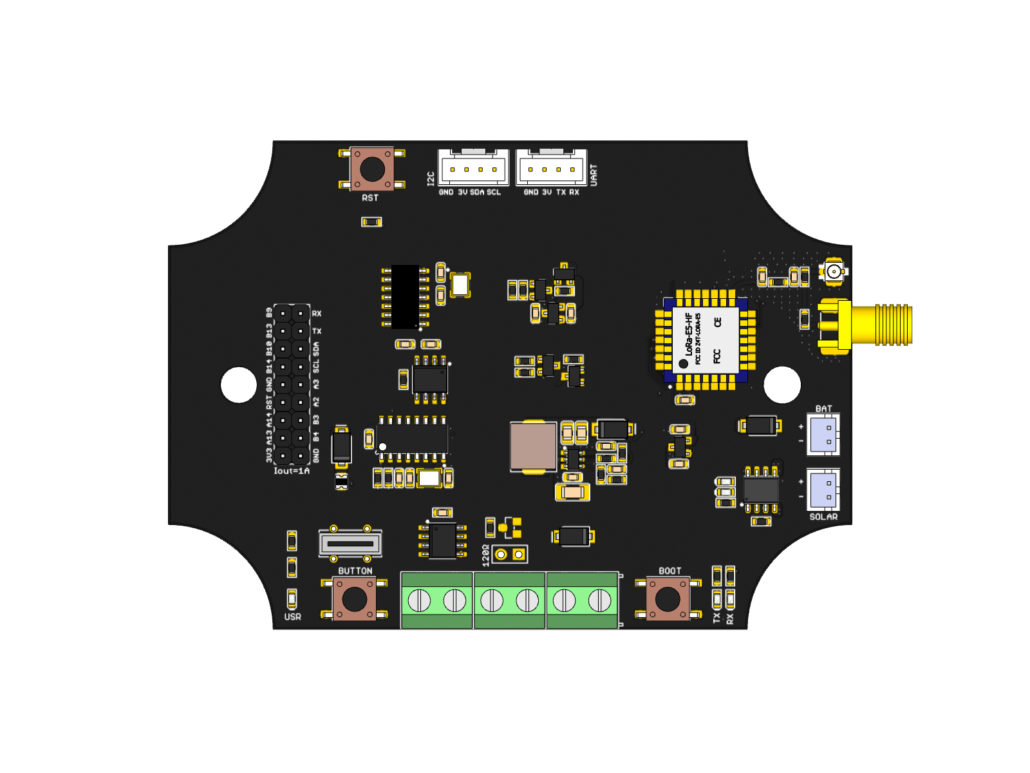
- Change the USB interface to Type-C
- Support CAN 2.0 and CAN FD
- Add a waterproof case for the device
- Add protection circuits, such as ESD, etc.
- Add 485 communication interface
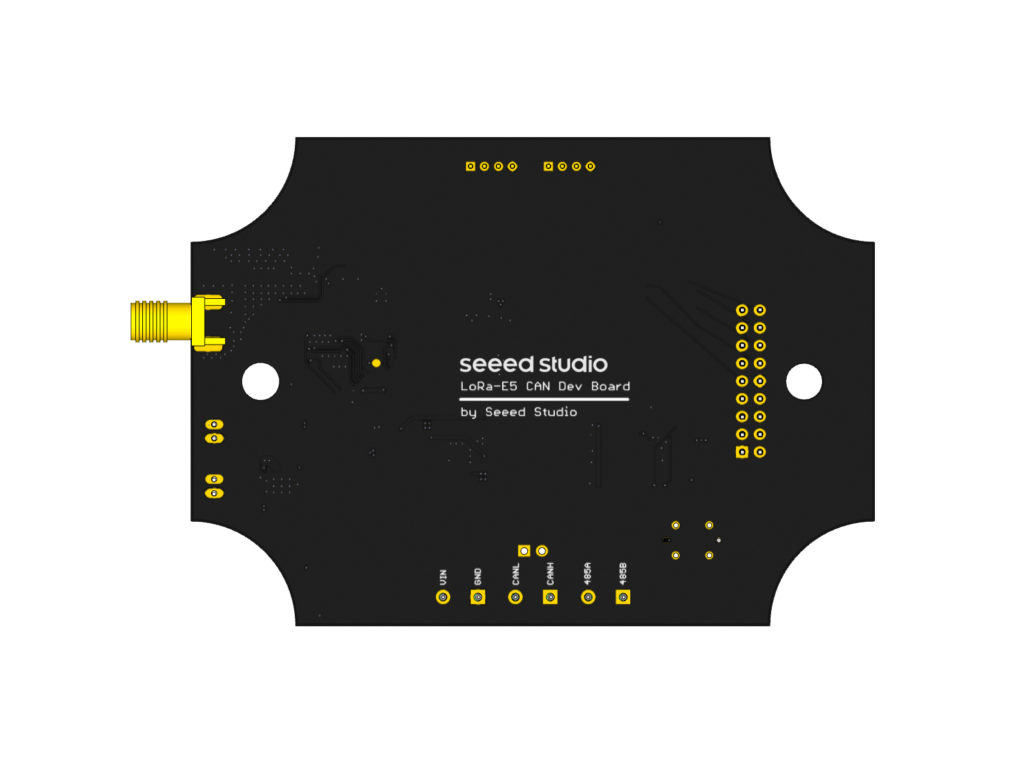
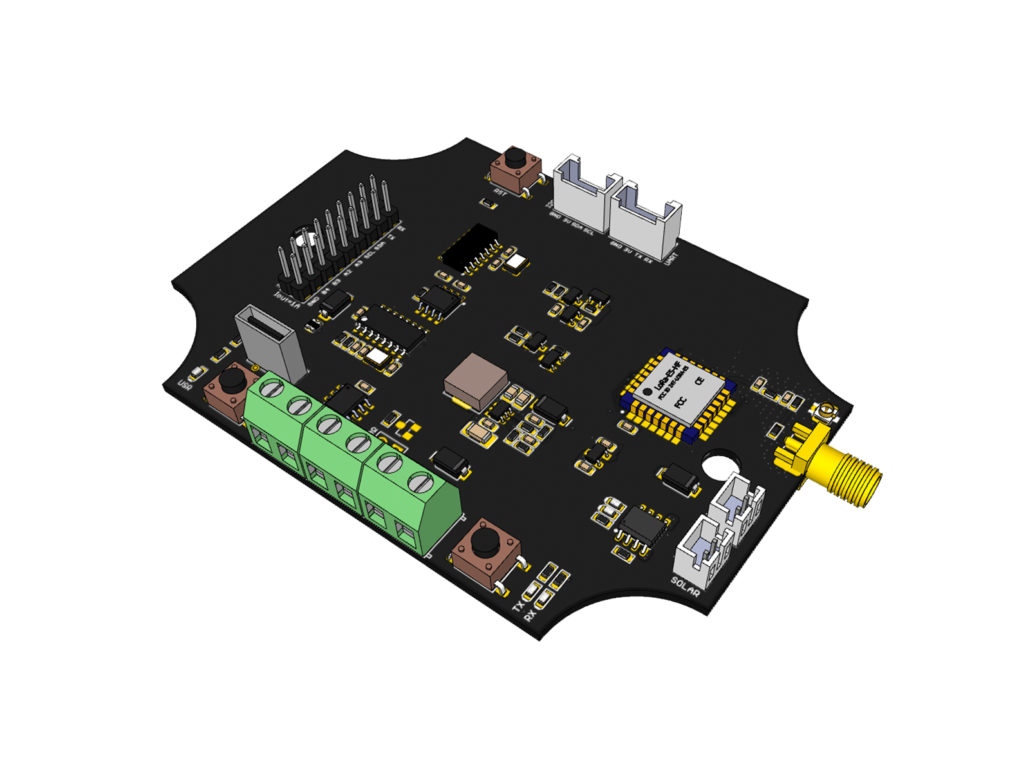
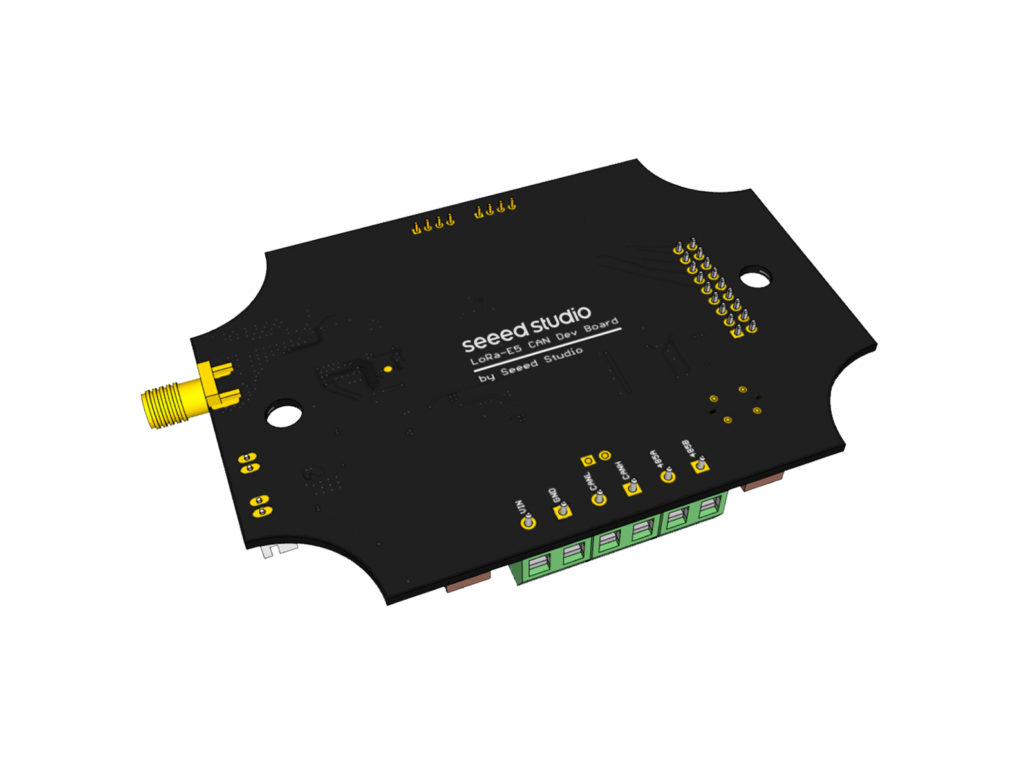
What do you think of this upgraded design? Feel free to share your comments and thoughts.
BTW. This device will be available for pre-order on May 26, 2022. Getting excited? Please stay tuned for more updates here or on our Discord!
One more Easter Egg! For those community members who offered your valuable feedback generously, we will offer a discount coupon for you to get this long-waited newbie.
#Updated on April 27, 2022
Hey community,
![]() Product cooking time. We’re designing a Vehicle Monitoring Device based on a Seeed Wio-E5 and CAN Bus. With this module, you can build a LoRa sensor network where you can use the onboard CAN Bus to read the sensor data of the car and send the data back through LR. The device will come with the following features:
Product cooking time. We’re designing a Vehicle Monitoring Device based on a Seeed Wio-E5 and CAN Bus. With this module, you can build a LoRa sensor network where you can use the onboard CAN Bus to read the sensor data of the car and send the data back through LR. The device will come with the following features:
- Wio-E5 LoRa Wireless module
- CAN Bus communication, MCP2515, and SN65HVD230
- A variety of power supply methods, lithium battery, USB, and 7-28V DC input, as well as a solar panel input connector
- USB to serial function, using USB to communicate with the board
- Low-power design, the CAN Bus power on the board and the output power can be turned off through the MOS FET to save power
- Two Grove connectors for easy access to the 300+ Grove modules
- Optional u-FL and SMA antenna
Here are two pics of the product diagram:

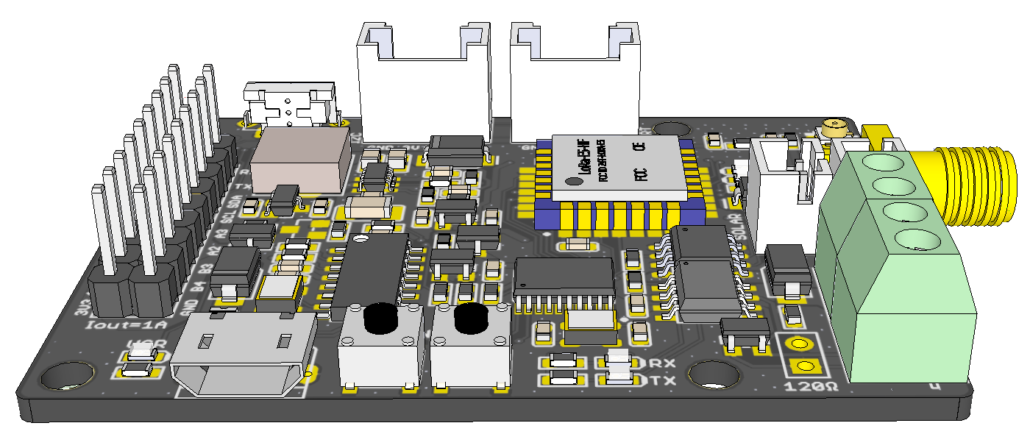
![]() Now, we need to get your valuable input and feedback before we move forward to manufacture the product. Do you like this design? Shall we scale it up to make it available in our official store? What other features/IOs/functions that you’d love to add to this product? Any price suggestions? A huge thank you to you all in advance.
Now, we need to get your valuable input and feedback before we move forward to manufacture the product. Do you like this design? Shall we scale it up to make it available in our official store? What other features/IOs/functions that you’d love to add to this product? Any price suggestions? A huge thank you to you all in advance.
We’ve sent out the call for inputs on our channels. Shout-out your voices here in the comment section or on your preferred platform listed as follows:
Or if you prefer, feel free to join our Discord for a more in-depth discussion.
? One more piece of good news for those who want to scale up your Wio-E5 projects, Seeed Fusion is running a Wio-E5 Sponsorship where you can apply to get 2 PCBA boards manufactured 100% completely FREE for your Wio E5 design. You can find out more details and some very interesting projects supported by this sponsorship here.


Struggling to see the vehicle use case. Is the idea for it to be installed into a parked car to monitor vehicle sensors? If the car is parked the systems are off and the sensors will not be powered. The CAN may be awake if the board is trying to communicate, but in some vehicles, CAN is used to wake up ECUs, which will then drain the battery if the engine is not running the alternator. Further, a LoRa to CAN gateway opens a potential security hole. Injecting CAN messages via LoRa could compromise vehicle security. Alternatively, leaving a car on to read sensor data presents another theft risk.
I can see it could be useful for non-vehicle CAN applications. CAN is used in other industries for efficient, low-cost and reliable wire comms in noisy environments. A LoRa gateway to CAN will have use for many non-vehicular applications, plus, I see it as a backup way to monitor the test rigs used in automotive engineering. As others have commented, the auto industry is moving to CAN-FD, so it should support that.
Thank you, Dan, for your valuable input!!
Hi Dan! This is Amanda from Seeed Studio Marketing. Thank you so much for offering your valuable feedback here and we are going to send a sample to you to get this long-waited newbie! Pls leave your email address or your linkedin profile link here. We will contact you a.s.a.p. Thanks!!
I would strongly suggest to use a CAN-FD capable CAN controller.
Most new systems already use CAN-FD and it would be great if the monitoring device could communicate with them.
Hi Thomas! This is Amanda from Seeed Studio Marketing. Thank you so much for offering your valuable feedback and we indeed took your advice, we will send a sample to you to get this long-waited newbie! Pls leave your email address or your linkedin profile link here. We will contact you a.s.a.p. Thanks!!
Hi, this would be great. I had to share the email address to be able to publish the post here. If you can’t see that email address could you please share how I could contact you without publicly posting the email address. Thanks!
Hi Thomas! Yesss, i received your email on discord. Thanks!
Could we see a schematic? I don’t need the radio but I am very interested in the CAN bus capability.
Hey Joe! Later our designer will upload the schematic to GitHub and post a link there, you can check it out there. Thanks.